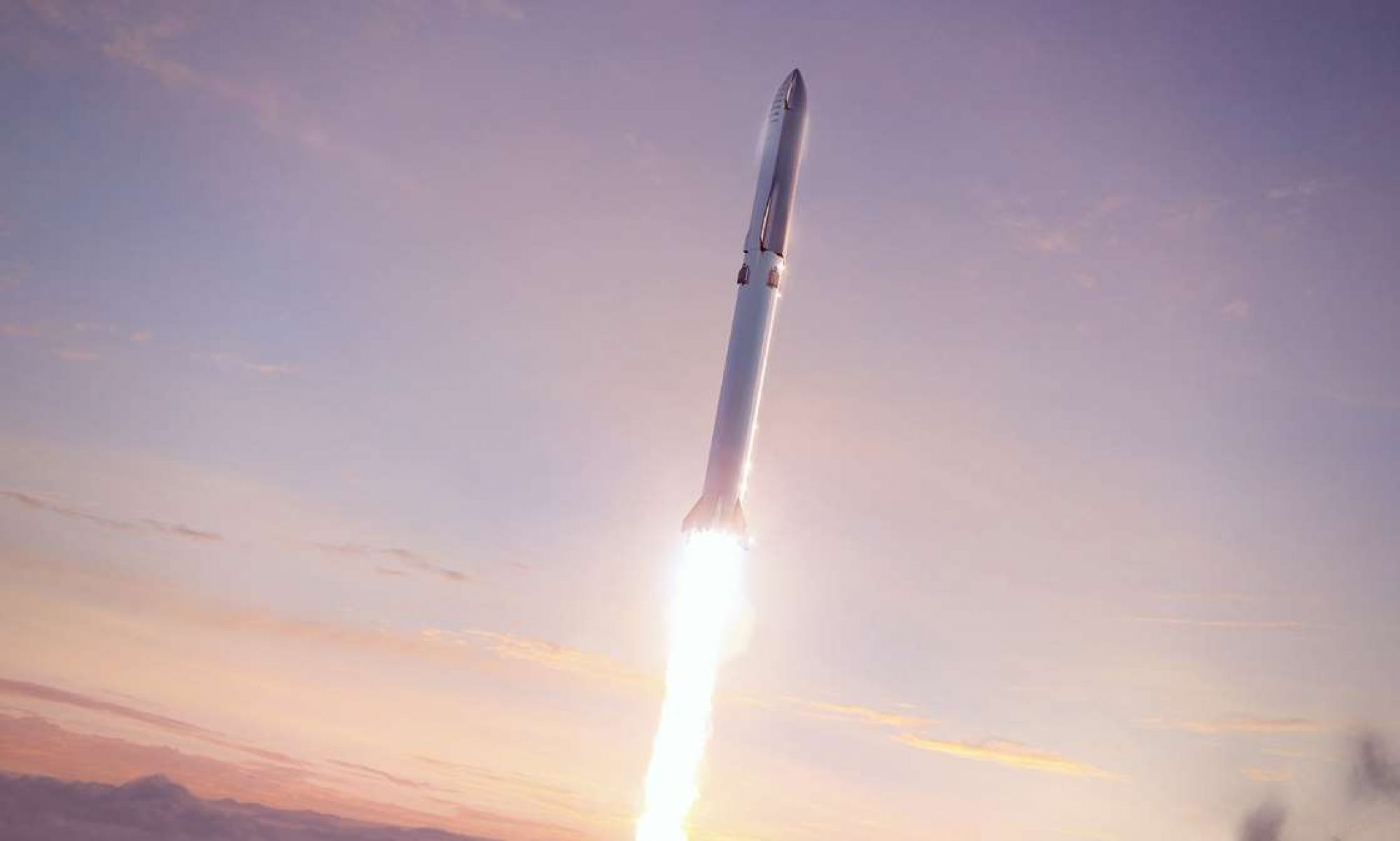Nuclear thermal rockets that we have confidence we can build today promise “double” the exhaust velocity of our best chemical rockets. Which is great news if you have a ready supply of its main propellant, liquid hydrogen. But what if the energy one needs to make it has to be supplied? How does it really compare to a chemical rocket using the same H2/O2 one must crack out of water to make hydrogen propellant?
Liquid oxygen (LOX) has a density of 1.141 g/cc, while liquid hydrogen (LH2) is .071 g/cc – a 16 fold difference. If LH2/LOX rockets used a stoichometric mix – O + H2 – then the mass ratio is 8:1, but for a variety of reasons the mass ratio is usually 5.5:1. Thus the LOX tank is (5.5/16) = .344 times the LH2 tank in volume and typically has lower insulation requirements.
Imagine we have an even mass of hydrogen to use to compare the two rockets. In that case their relative mass ratios, from the same mass of water we’ve “cracked” via electrolysis or whatever, is as follows:
Rocket (including engines+payload) 1: Hydrogen 1 = mass ratio of 2, therefore delta vee of ln(2) x 8,500 m/s = 5,892 m/s
Rocket (including engines+payload) 1: Hydrogen 1: LOX 5.5 = mass ratio of 7.5, therefore delta vee of ln(7.5) x 4,250 m/s = 8,563 m/s
To match the performance of the chemical rocket, for the same mass of hydrogen, the exhaust velocity needs to be 8,563 m/s / ln(2) = 12,354 m/s. That can be achieved (on paper) by some Solid-Core designs that have been researched.
Of course to get to a H2/O2 ratio of 1:5.5 from an initially stoichometric mix, we have to set aside some of the hydrogen – i.e. 1 – (5.5/8.0) = 0.3125 of it. So the ratios become:
Rocket 1: Hydrogen 0.6875: LOX 5.5 = mass ratio of 7.1875, delta vee of 8,382 m/s. Therefore the equivalent NTR has an exhaust velocity of 12,093 m/s.
And that High-Performance Solid-Core NTR? The Low Pressure NTR, discussed by this paper: Low Pressure Nuclear Thermal Rocket Concept …but it has to run HOT to get its top performance.
What happens when we double the H2?
Rocket 1: H2 2 = mass-ratio of 3, delta-vee ln(3) x 8,500 m/s = 9,338 m/s
Rocket 1: H2 1.375: LOX 11 = mass-ratio of 13.375, delta-vee ln(13.375) x 4,250 m/s = 11,022 m/s
Clearly the two are converging but the mass-ratio has to get higher still. At some point the mass of the tankage, which is usually proportional to the total propellant mass, will eat up the mass-ratio we can achieve.
From an In Situ Resource Utilization (ISRU) perspective there’s better things to do with a reactor than heating hydrogen propellant – electrolysing water to make plain old rocket fuel is more effective use of a reactor.
Finally: Possibly *just* heating water with a reactor gets even better value per kilogram of uranium fissioned, but that’s a whole other argument.
